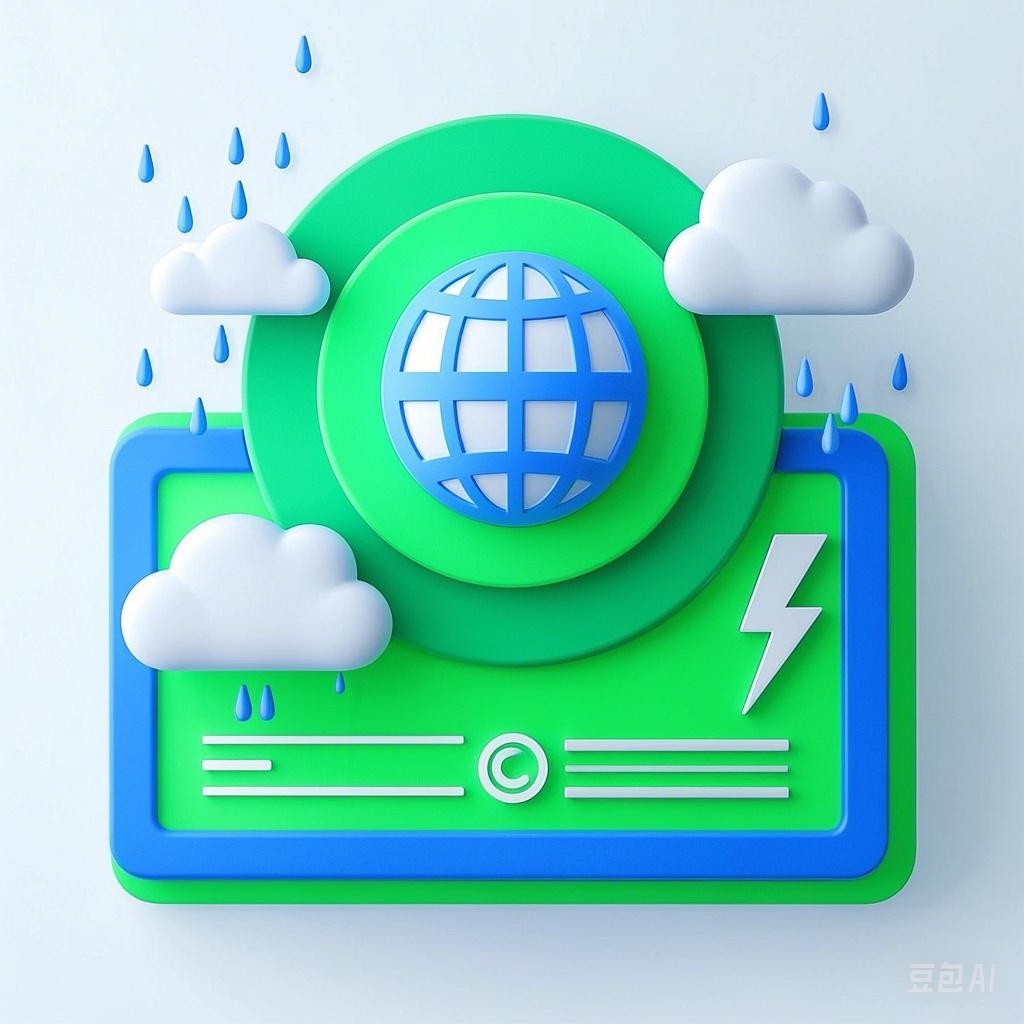Introduction
Natural disasters are extreme events caused by natural processes of the Earth. They have the potential to cause significant damage to life and property, disrupt ecosystems, and alter landscapes. This guide delves into the various types of natural disasters, their characteristics, causes, and the impact they have on societies around the world.
Types of Natural Disasters
Earthquakes
Characteristics:
- Earthquakes occur when there is a sudden release of energy in the Earth’s crust.
- They are measured by the Richter scale, which quantifies the energy released.
- Earthquakes can cause ground shaking, landslides, and tsunamis.
Causes:
- Tectonic plate movements: The Earth’s crust is divided into several large and small plates that move over the semi-fluid asthenosphere.
- Fault lines: When stress builds up along fault lines, it can cause an earthquake.
Impact:
- Destruction of buildings and infrastructure.
- Loss of life and injuries.
- Long-term psychological effects on survivors.
Volcanic Eruptions
Characteristics:
- Volcanic eruptions occur when magma, gases, and ash are expelled from a volcano.
- They can be classified into different types based on the composition of the magma and the nature of the eruption.
Causes:
- Magma accumulation: Magma rises to the surface due to pressure from the Earth’s interior.
- Plate boundaries: Volcanoes are often found at plate boundaries, where magma can rise to the surface.
Impact:
- Ashfall and air pollution.
- Lava flows and pyroclastic flows can destroy everything in their path.
- Long-term changes in climate and ecosystems.
Tsunamis
Characteristics:
- Tsunamis are large ocean waves generated by underwater disturbances, such as earthquakes, volcanic eruptions, or landslides.
- They can travel across entire ocean basins at high speeds.
Causes:
- Subduction zone earthquakes: When one tectonic plate is forced beneath another, it can generate a tsunami.
- Undersea landslides: The sudden movement of land beneath the ocean can displace water and create a tsunami.
Impact:
- Devastating coastal flooding.
- Loss of life and property.
- Disruption of coastal ecosystems.
Floods
Characteristics:
- Floods occur when water overflows from its natural or artificial confines.
- They can be caused by heavy rainfall, melting snow, dam failures, or storm surges.
Causes:
- Excessive rainfall: Heavy rainfall can overwhelm rivers and streams, causing them to overflow.
- Melting snow: Large amounts of snow can melt rapidly, leading to flooding.
- Dam failures: Dam breaches can cause massive floods.
Impact:
- Property damage and loss of life.
- Displacement of populations.
- Contamination of water sources.
Landslides
Characteristics:
- Landslides are the rapid movement of rock, soil, and debris down a slope.
- They can be triggered by heavy rainfall, earthquakes, or human activities.
Causes:
- Geomorphological factors: Slope angle, soil type, and vegetation cover all contribute to the stability of slopes.
- Natural triggers: Earthquakes, heavy rainfall, and freeze-thaw cycles can trigger landslides.
Impact:
- Loss of life and property.
- Disruption of transportation and communication networks.
- Erosion and changes in landscape.
Droughts
Characteristics:
- Droughts are prolonged periods of abnormally low rainfall.
- They can be classified as meteorological, agricultural, or hydrological droughts.
Causes:
- Climate variability: Changes in atmospheric circulation patterns can lead to prolonged dry periods.
- Deforestation: The removal of trees can reduce soil moisture and increase evaporation.
Impact:
- Crop failure and food shortages.
- Water scarcity and conflicts over water resources.
- Ecological damage to forests and wildlife.
Conclusion
Natural disasters are a constant reminder of the Earth’s power and the vulnerability of human societies. Understanding the characteristics, causes, and impacts of these events is crucial for mitigating their effects and preparing for future occurrences. By implementing effective disaster management strategies and raising public awareness, we can work towards reducing the loss of life and property caused by natural disasters.
